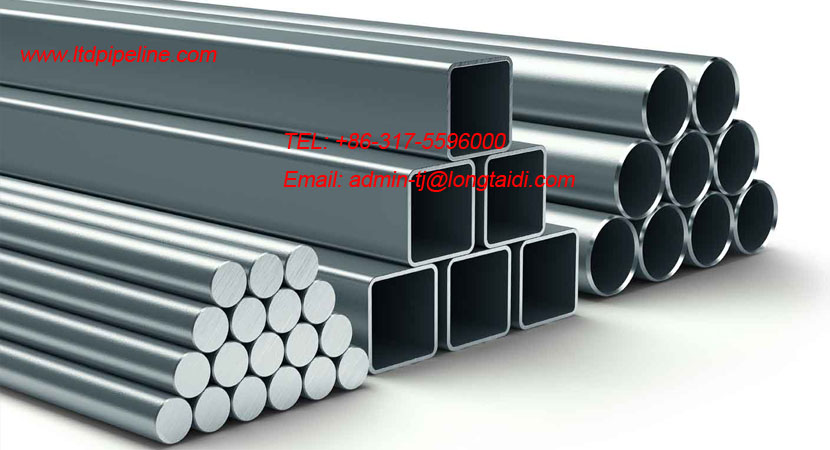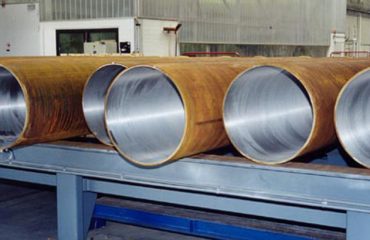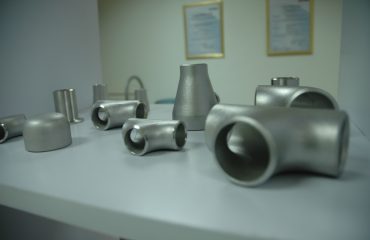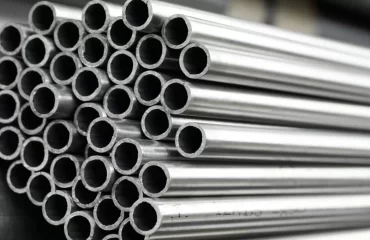
One of the most frequent questions we get from customers is “What’s the difference between pipe and tube”? since they are looks like the same products, round shape, hollow in the middle, material in steel metals.
Shape
Pipes are always round in shape. Tubes can be square, rectangular or round, as shown in the image to the right.
Scopes
Steel tubes that manufactured with ANSI (American National Standards Institute) and API standard specifications are called the PIPE, indicated with “nominal diameter” to describe pipe specification. All others that not manufactured with the ANSI sizes standard or API standard, called tube or tubing. And they are usually described with outer diameter.
Metal Types
Tube is available in hot rolled steel and cold rolled steel. Pipe is typically black steel (hot rolled). Both items can be galvanized.
Rigidity
Although copper and brass tubes can be shaped relatively easily, tubes are are typically rigid. Pipes, on the other hand, are invariably rigid and cannot be shaped without special equipment.
Size differences between pipe and tube
Pipe is tube which complied with ASNI B 36.10 and B36.19 (for stainless steel). Its diameter represented with NPS which is different from actual diameters.
Pipe wall thickness is indicated by the schedule No. And the same NPS number can have various types of Sch. No. Such as STD, thickened wall thickness (XS) and special thick wall thickness (XXS), and so on.
Tubing refers to finished product meet the standard PG-27.2.1 [Outer diameter D≤5in.(127mm)], and which according calculate formula to select diameter, thickness and according the design.
manufacture process difference between pipe and tube:
Piping usually refers to finished product which calculated by PG-27.2.2 formula to select NPS and Sch. No, and follows the design requirements.
Due to pipe dimension range and applications, the pipe manufacturing processes include seamless (hot rolled or cold drawn) and welded (ERW, LSAW, SSAW).
Tube manufacturing processes usually is in seamless of cold drawn, and welded in ERW. Since tube always in smaller sizes and usually applied in heat-exchanger and mechanical parts, it requires more processes, treatment, and test procedures than pipes. Because of these factors, tube production period is longer than pipe, and not easy for massive production.
Measurement
Pipes are only provided with an inside (nominal) diameter and a “schedule” (which means wall thickness). There’s an easy way to remember this: since pipe is used to transfer fluids or gas, the size of the opening through which the fluids or gas can pass through is probably more important to you than the outer dimensions of the pipe. Tube measurements, on the other hand, are provided as an outside diameter and set ranges of wall thickness.




You must be logged in to post a comment.